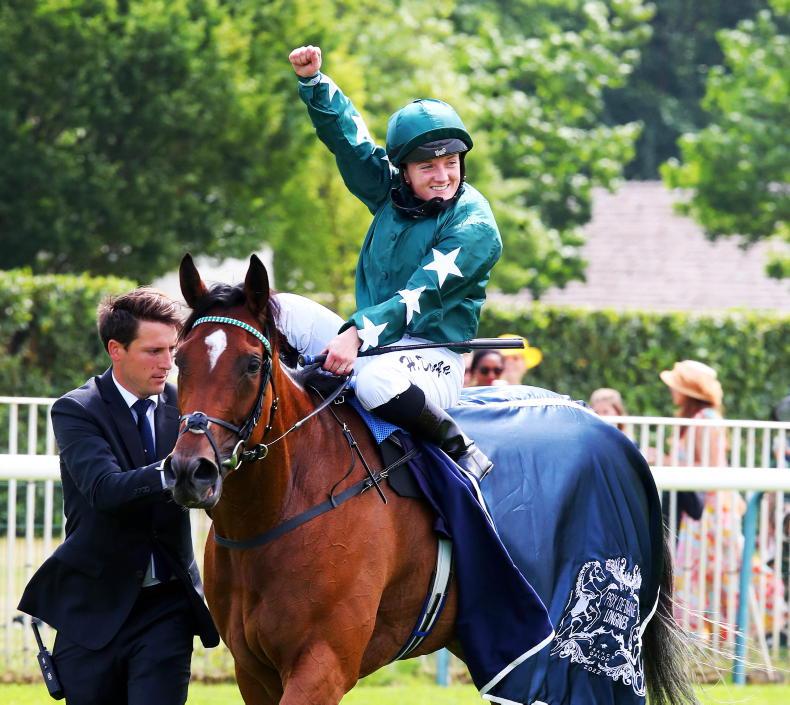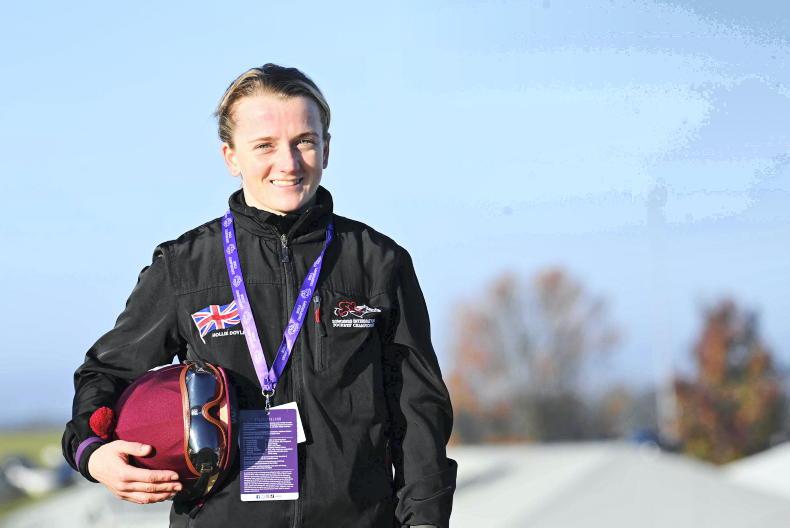LOOKING back, I notice that I’ve written a couple of previous pieces about Hollie Doyle, both when she hit her first century of winners and again when she landed her first Group 1 success on Champions Day at Ascot.
I said on both occasions that she needed to be appreciated as a top-class athlete, and potential champion of the future, rather than as a woman excelling in a man’s world.
I’ve been delighted to see her continue to thrive, looking better and better with each season.
Remarkable
This has been a remarkable week, even by her own lofty standards, and a win on Bradsell in the Coventry Stakes added to her haul of group successes, while also easing her ahead of Hayley Turner in the rather more contentious list of leading female jockeys at Royal Ascot.
Hayley duly went out to level that score later in the week when riding Latin Lover to victory in the Palace of Holyroodhouse Handicap.
It’s good to see that rivalry continue, of course, and it’s important that the success of Hollie Doyle encourages not only Hayley Turner to keep striving, but also the likes of Laura Pearson, Saffie Osborne, and Grace McEntee, who are coming along in the wake of such established riders and must be encouraged to see what can be achieved.
Whatever she achieved at Royal Ascot paled into insignificance when Hollie Doyle gave Nashwa a copybook ride to win the Group 1 Prix de Diane on Sunday, therefore becoming the first woman to win a Group 1 European classic, quickly silencing critics who suggested she ought to be replaced at Chantilly by a rider with more track knowledge.
She also drew the kind of praise from John Gosden which was conspicuously missing from the trainer’s assessment of his main jockey’s riding at Ascot.
It’s worth remembering, however, that John Gosden wouldn’t be putting up Hollie Doyle at all were it not for her own retainer with Nashwa’s owner Imad Alsagar, and there remains a reluctance among some senior trainers to accept that a woman can do the job of a big-race jockey as well as a man.
That takes me back to my original theme, which is that the success of the minority of women in the saddle mustn’t be celebrated as some kind of novelty, but as further proof that there need be no distinction between the genders when it comes to race riding.
Many barriers have come down in recent years, but there remains an almost tacit acceptance that Group 1s are essentially a man’s domain, and the occasional breaking of this dominance is remarkable for its rarity.
Given the continued dominance of men, the success of someone like Hollie Doyle becomes notable because she is pushing boundaries for her gender.
She is doing so because she has all the attributes of the top-class rider, bolstered not just by a natural affinity with the horses she rides, but also through supreme fitness achieved through punishing routines, an excellent tactical brain, and a strength in the saddle that belies her stature.
Talent
Hollie Doyle will continue to enjoy remarkable success because of her talent and dedication, but she will also inspire a new generation – boys and girls – to believe they can succeed, simply because she has done so through a combination of hard work, humility and a desire to keep improving her skills.
Those are demanding attributes to achieve, but they are as inspiring as they are daunting, and this is just the example that ambitious athletes need to see.


 This is a subscriber-only article
This is a subscriber-only article
 It looks like you're browsing in private mode
It looks like you're browsing in private mode










SHARING OPTIONS: